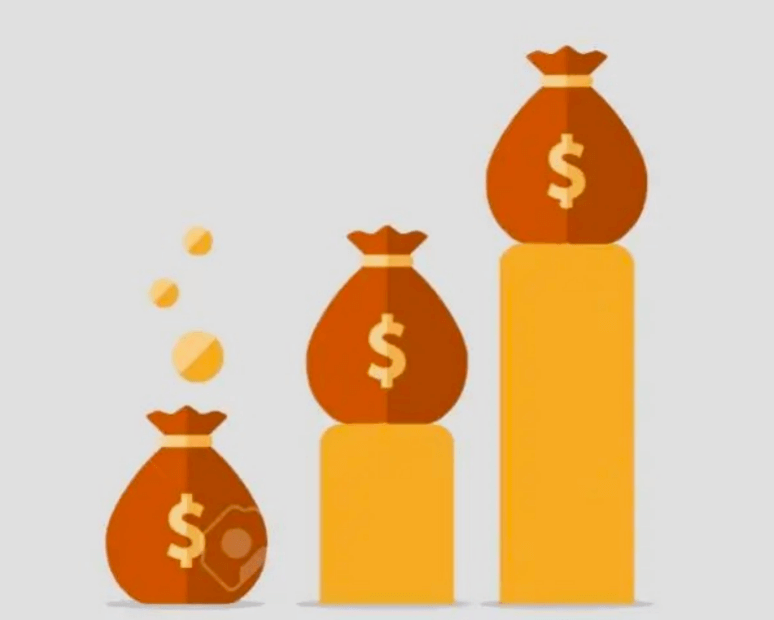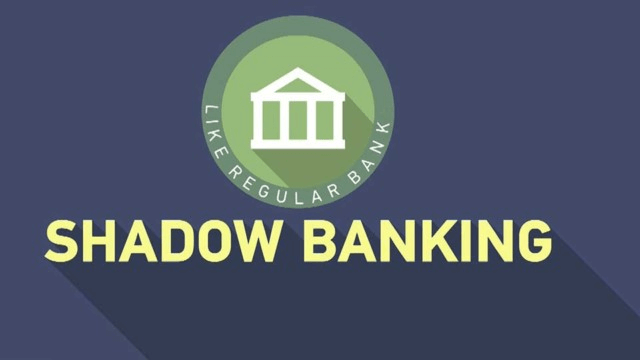Are you aware of the importance of money management and investment, but don't know what you should do to manage your money properly? If you are a newbie learning to manage your money from scratch, then this article will introduce some basic financial terms, a thorough understanding of the meaning of these terms will help you to start from the basics of money management.

First of all, you need to have a piece of certain knowledge and skill set for financial management. Then what you need to do is to understand the advantages and disadvantages of credit cards, time deposits and savings cards, etc. Of course, you can learn about the thresholds and risks of various financial products, as well as the techniques of investment from various sources such as the Internet, financial newspapers and magazines. Then you can make virtual investments online and try to choose a financial method with a lower threshold to step into the door of financial management.
Gradually save your money and start managing your money in dry dollars,and after you have more money, manage your money in tens of thousands. You can start with the safest money funds, bank wealth management, and treasury bonds.

Before investing, first understand these financial terms: fixed income and expected income. Fixed income, meaning that the income at maturity is fixed, fixed income and the actual income at maturity is the same, for example, if the fixed income is 5.8%, the actual income at maturity is 5.8%. The "expected return" is not the actual return on the maturity of the financial product, but a valuation of the final yield of the product by the financial institution at the beginning of the issuance of the financial product, and the actual return is uncertain. The actual return is uncertain. That is to say, the fixed return is definite and fixed, while the expected return is an estimate and is uncertain.

Liquidation period: This is what we can often see $ + 0", "T + 1", "T + 21, etc. Ding" refers to the product maturity date, "0, 12" is the investor's principal and earnings to the account need to pass the time, that is, the liquidation period. It is important to note that the funds are "zero return" during the liquidation period, so the longer the liquidation period, the greater the interest loss. Annualized Percentage Yield (APR) and Annualized Percentage Yield (APR): APR is the actual rate of return for one year of investment. However, many people confuse annualized yield with the annualized rate of return. The annualized rate of return is not set in stone, if you want to calculate it, then you can convert the current rate of return to an annualized rate of return. Compound interest: Compound interest means to calculate the principal and interest by adding them together and then overlaying them to calculate its next interest rate. For example, if you put in $5,000 and the annual interest rate is 6%, that's $5,300 for one year, and $5,618 for the next year. however, compound interest calculations require long-term persistent investment to bring lucrative returns.





